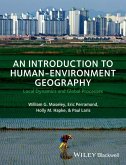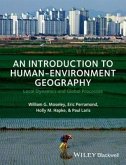
Broschiertes Buch
Local Dynamics and Global Processes
15. Juli 2013
Wiley
Ähnliche Artikel

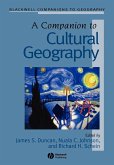
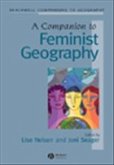
Gebundenes Buch
1991. 2nd Printing and Revised edition
27. Dezember 2004
Wiley
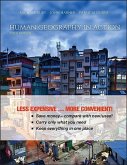
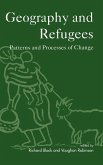
Gebundenes Buch
Patterns and Processes of Change
Revised edition
8. Dezember 1993
Wiley
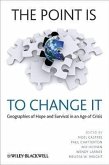
Broschiertes Buch
Geographies of Hope and Survival in an Age of Crisis
26. April 2010
Wiley
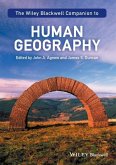
Broschiertes Buch
1. Auflage
5. August 2016
Wiley & Sons
1A119250430

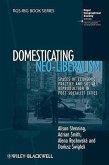
Broschiertes Buch
Spaces of Economic Practice and Social Reproduction in Post-Socialist Cities
23. August 2010
Wiley
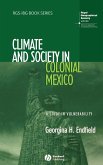
Ähnlichkeitssuche: Fact®Finder von OMIKRON

